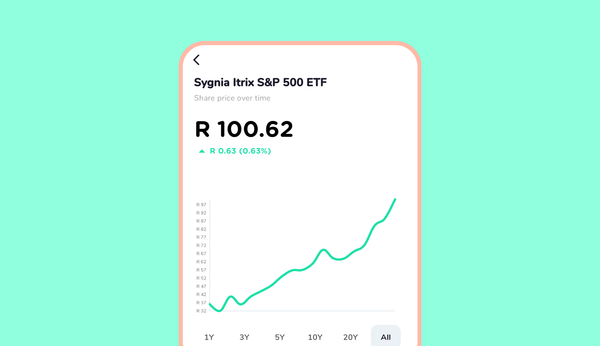Franc Takeaways
- Goal-based investing focuses on your life goals, like having an emergency fund, supporting your child’s education or enjoying your retirement.
- You need to consider a unique investment strategy for each life goal.
- Short-term goals should have little to no investment risk, whereas taking on investment risk for long-term investment goals will maximise growth potential.
What is goal-based investing?
Investing can be complicated and overwhelming. Goal-based investing is a relatively new approach to wealth management that focuses on your specific financial goals, such as saving for children’s education, buying a house or building a retirement nest-egg.
Why is goal-based investing effective?
Goal-based investing differs from traditional investing in that its yardstick for success is how well you’re able to meet your personal life goals, rather than focusing on how well your investments outperform the market average in a given period.
Consider an investor who is looking forward to retiring in the next year, and who therefore can’t afford to lose even 10% of their portfolio. If the stock market drops 20% in a given year and the investor’s portfolio is down ‘only’ 15%, the fact that their portfolio outperformed the market by 5% is not comforting given that the investor wants to retire as planned.
Goal-based investing also allows you to better understand why you are saving money, which can be motivating and keeps you committed to achieving your goals through regular investing.
What are the benefits of goal-based investing?
With goal-based investing, you don’t look at an investment portfolio as separate from your personal life. Instead, you reframe your investments to focus on each of your financial goals, so that each investment goal has a single purpose, timeline and risk level.
Here are five benefits of goal-based investing:
- It gives you a clear and tangible target to work towards. This helps you stay motivated and focused on your investment strategy.
- It helps you prioritise your investments. Your investments are based on the priorities of your financial goals.
- It makes sure your different goals each have an actionable plan. Each goal has a different investment strategy, appropriate to the time horizon and importance of that particular goal.
- It helps you avoid impulsive or emotional investment decisions. Instead of focusing on short-term market fluctuations or news headlines, you focus on your long-term goals.
- You’ll start sooner. By planning ahead you can identify financial goals and start investing early to give your investments the greatest potential for growth.
How do you get started with goal-based investing?
Getting started with goal-based investing is straightforward. Here are 5 easy steps to get started with goal-based investing:
Step 1: Set your financial goals
The first step is to identify your financial goals. Think about what you want to achieve financially in the short, medium, and long term. Your goals will depend on where you are in your life. You may want to include paying off debt, saving for a deposit on a house or flat, building an emergency fund, funding your child's education, or planning for retirement.
2. Work out the time horizon for your goals
The second step is to figure out the time horizon for each financial goal. Basically, when do you need the money and how much time does that give you to achieve your goal? Do you want to buy a house in 5 years or 2? When will your children go to university? You should be realistic with your goals. For instance, you may be able to buy a car within a few months of saving, whereas saving for a house deposit will take longer and saving for retirement even longer.
3. Understand your risk appetite
The third step is to work out the level of investment risk you are willing to take to achieve your goals. This should take into account your age and personal finances.
4. Select your investment strategy per goal
The fourth step is to select the right type of investments that align with your financial goals, time horizon and risk tolerance. Remember that your overall investment portfolio should be diversified to protect you in the long-term.
5. Work out your regular investment deposit amount
The last step is to work out how much money you will need to regularly contribute to your investment to achieve each goal, taking into account your time horizon, target amount (be sure to take inflation into account if the goal is a long-term goal) and investment strategy. You can use the Franc app to understand how much you will need to invest on a regular basis in order to achieve your goal, based on expected returns associated with each goal’s investment strategy.
Once you’ve set up each goal and have started making regular investments into those goals, it is essential to monitor your progress regularly and adjust your contributions as needed. You may need to adjust your contributions and investment strategy to ensure you stay on track towards achieving your goals.










